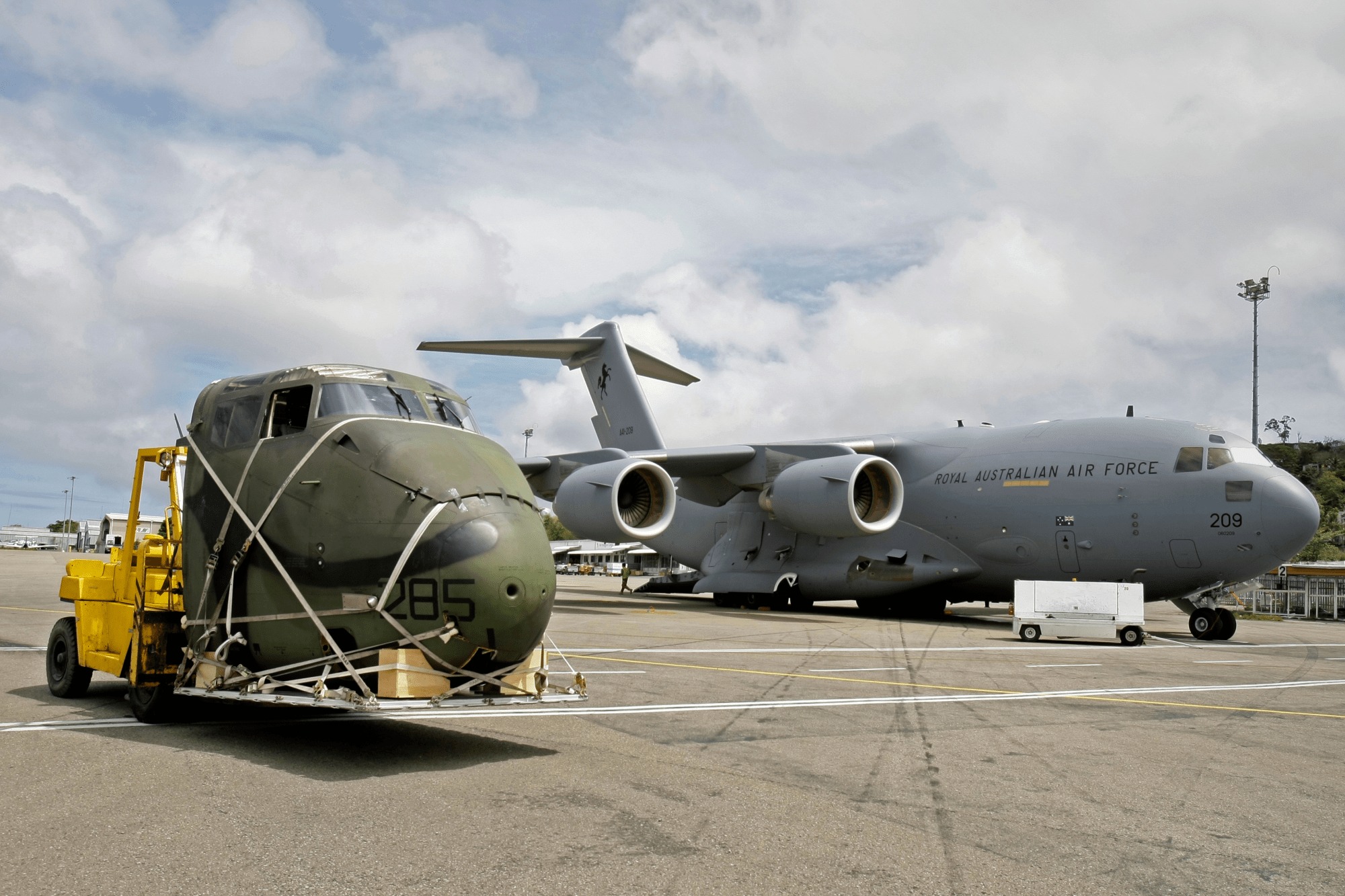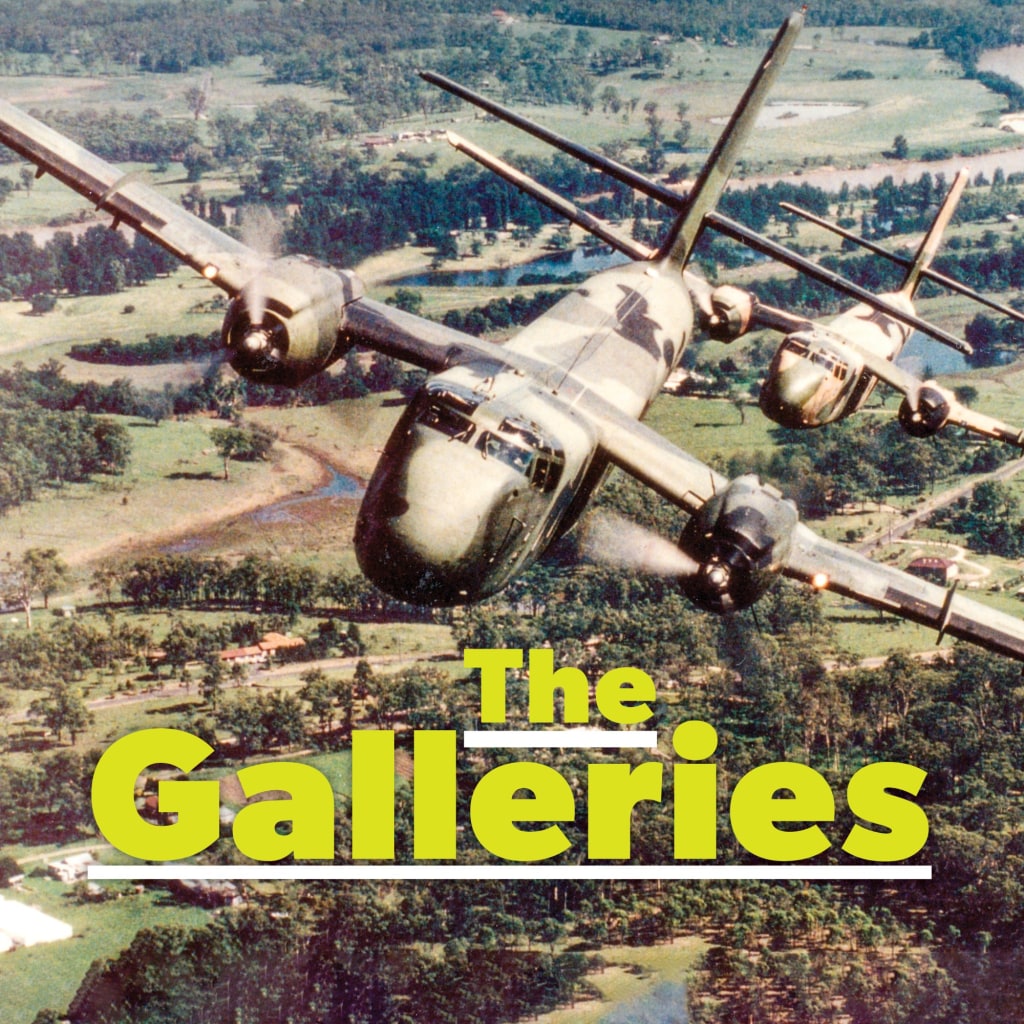
One size fits all?
In the end, for all its complexities, the debate over the RAAF’s future fighter force boils down to one basic premise – can a small air force such as Australia’s operate more than a single type fighter force.
As the recently launched Williams Foundation – a new thinktank comprising recently retired senior RAAF officers – notes from p70 of this issue, there is more to delivering fighter capabilities than just the physical performance of the aircraft. Instead you need to raise, train and sustain an entire infrastructure to support that aircraft – pilots and maintainers need to be trained, maintenance facilities need to be stood up, spare parts held, tactics developed. Then, are there defined upgrade paths for your new fighter, and is it interoperable with key allies? It is for all these reasons that a single type fighter force of multirole aircraft is so attractive. It is much more efficient and cost effective and places less organisational stress on a small air force – whereas today with the Hornet and F-111, the RAAF needs two of everything – two training systems, two spares supply chains etc. And if fighter numbers are capped by budget limits to 100, equivalent to the number of Hornets and F-111s in service today, you could expect to see an increase in the number of aircraft available for frontline use, as you’d only need one training unit for the entire fighter force, not two.
This content is available exclusively to Australian Aviation members.
Subscribe to Australian Aviation for unlimited access to exclusive content and past magazines.A monthly membership is only $5.99 or save with our annual plans.
- Australian Aviation quarterly print & digital magazines
- Access to In Focus reports every month on our website
- Unlimited access to all Australian Aviation digital content
- Access to the Australian Aviation app
- Australian Aviation quarterly print & digital magazines
- Access to In Focus reports every month on our website
- Access to our Behind the Lens photo galleries and other exclusive content
- Daily news updates via our email bulletin
- Unlimited access to all Australian Aviation digital content
- Access to the Australian Aviation app
- Australian Aviation quarterly print & digital magazines
- Access to In Focus reports every month on our website
- Access to our Behind the Lens photo galleries and other exclusive content
- Daily news updates via our email bulletin












